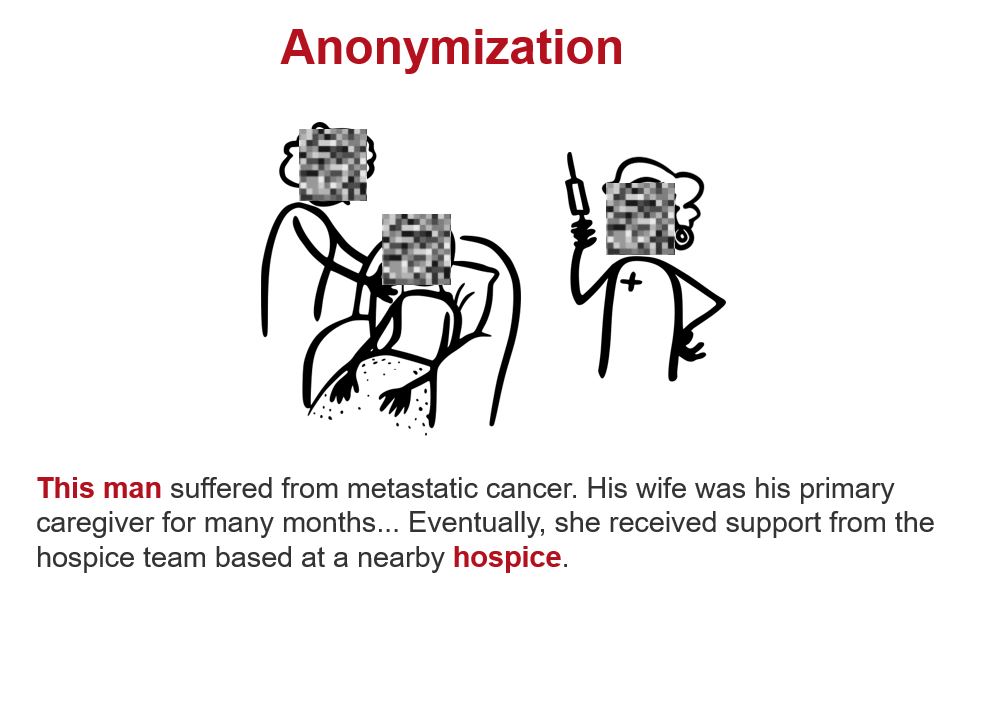Definition: Anonymization and Pseudonymization
Anonymization and pseudonymization are often used synonymously, but the two terms should be distinguished:
1) Anonymization
Derived from the Greek word for „namelessness,“ anonymization refers to the alteration of personal dataPersonal data includes: 'any information relating to an identified or identifiable natural person (data subject); an identifiable natural person is one who can be identified, directly or indirectly, in particular by reference to an identifier such as a name, an identification number, location data, an online identifier, or to one or more factors specific to the physical, physiological, genetic, mental, economic, cultural, or social identity of that natural person(…)” (EU GDPR Article 4 No. 1, 2016; BDSG §46 para. 1, 2018; BlnDSG §31, 2020). Read More in such a comprehensive way that it is either impossible or only feasible with disproportionate effort to trace the data back to the individual. The core of anonymization involves the irrevocable deletion of information about affected individuals – research partners and any third parties – so that re-identification and de-anonymization are prevented or at least significantly hindered. Once data has been anonymized, it is no longer considered personal data and is no longer subject to GDPR regulations.
2) Pseudonymization
Pseudonymization also involves replacing, altering, or describing personal identifiers during data processing in such a way that the data subjects cannot be directly re-identified without additional information. In contrast to anonymization, however, identifying features such as names and addresses are not destroyed or deleted but are separated from the dataset and stored securely. This means that the personal references remain traceable and the persons concerned can still be re-identified in the case of pseudonymous data, unlike anonymous data.
The legal distinction between pseudonymization and anonymization lies in the ability to link the data back to individuals via a separate key file in the former case, whereas such linkage is impossible in the latter (Imeri, Klausner & Rizolli, 2023, p. 244).
It is essential that anonymization and pseudonymization processes are tailored to each research project and adapted to the specific field conditions and purposes of these methods. By employing creative pseudonymization strategies adapted to local contexts, ethnographers can provide thick descriptions of the living conditions they study.
A special form of pseudonymization is fictionalization, where personal data is replaced, supplemented, or narratively restructured with fictional elements to protect individuals‘ rights.


Literature
Imeri, S., Klausner, M. & Rizzolli, M. (2023). Forschungsdatenmanagement in der ethnografischen Forschung. Eine praktische Einführung. In Kulturanthropologie Notizen 85, S. 223–254. https://doi.org/10.21248/ka-notizen.85.22
Laurie, H. & Gush, K. (2019). Understanding Couples‘ Experiences of Job Loss in Recessionary Britain: a Linked Qualitative Study, 2008-2013: Special Licence Access. [data collection]. UK Data Service. SN: 7657. http://doi.org/10.5255/UKDA-SN-7657-1


